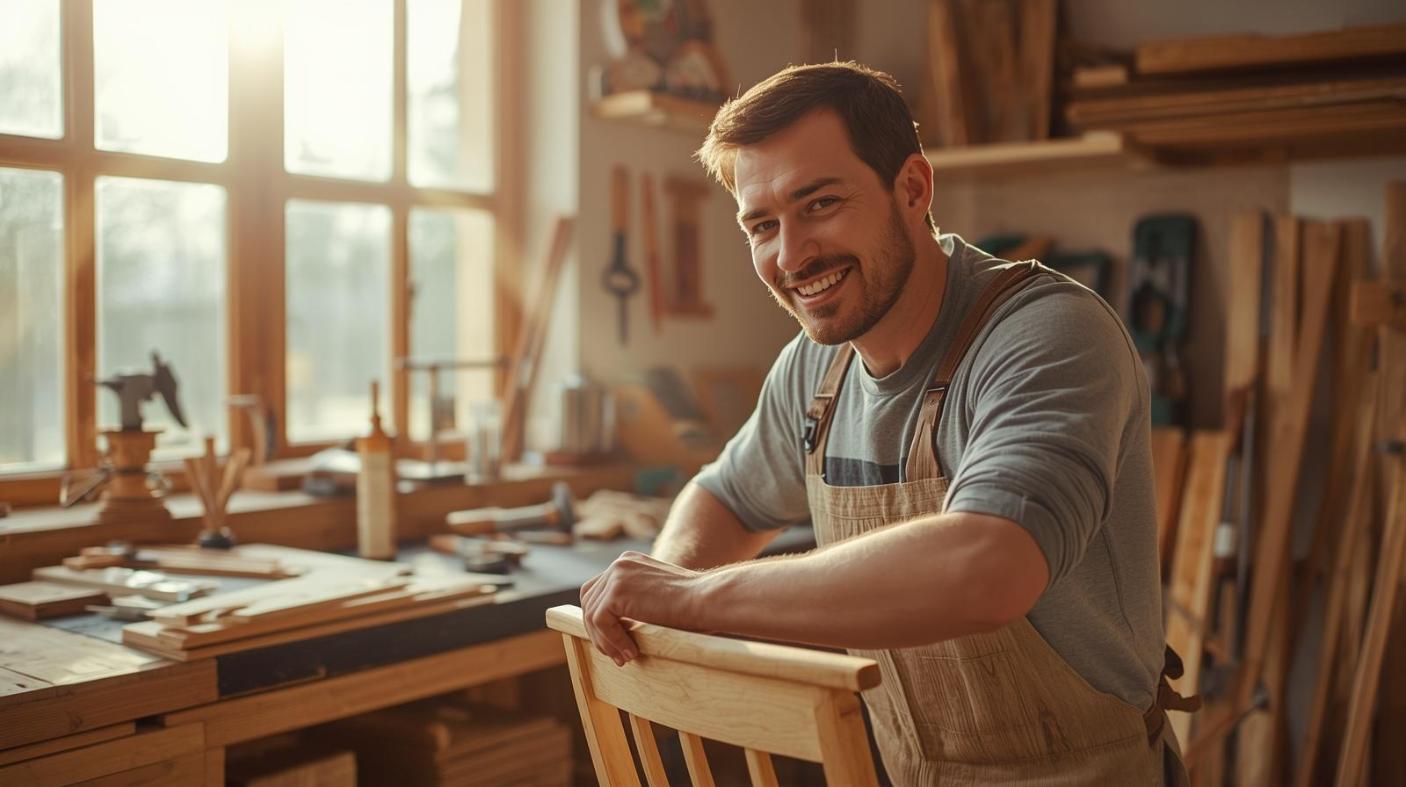
For generations, artists in the small town of Radolfzell, next to Lake Constance, have appreciated both creative freedom and precision.
Unique among craftsmen, this carpenter in Radolfzell (schreiner in Radolfzell) harmoniously integrates modernistic design with the delicate beauty of handmade woodwork.
His pieces are not simply furniture; they are manifestations of relentless, visionary, and authentic devotion to his craft.
Each creation starts with a daydream instead of machines. His imaginative interiors, inspired artworks, and personalized cabinets are a step towards the revival of craftsmanship.
His studio serves as a refuge for people in search of a narrative—a narrative captured by natural wood, pattern, texture, and even more, the irregularities.
The Conversation of the Integral Design and the Essence
The revival of handmade artistic work has stirred debates on the value of ‘authenticity’ in design. In Radolfzell, the carpenter’s studio has transformed into a microcosm. His approach to design and craftsmanship is not simply a matter of handwork.
It is a dialogue of conservative and progressive ideologies where each deliberate chisel movement is a marriage of history and aspiring imagination.
Even though exposed industrial furniture persists in modern interiors, the works of this artisan evoke a much slower and contemplative experience. The careful decision of every curve and piece of joinery is an act of defiance, however small, to design a culture of disposability.
It is art that can be fully experienced—the fresh aroma of raw timber, the warm and welcoming embrace of the sun, and the silky tactile sensation of timber that machine-made works rarely deliver.
It is this marriage of art and design that truly differentiates and elevates his works. It is not about embellishments. It carries intent and feeling. His studio consistently practices and perfects fine craftsmanship over time, demonstrating its timeless nature.
ALSO READ: The Design Secrets Behind the Allure of OP Sites
Sustainability Through Skill
This also adds an intangible quality to the appreciation of the woodworking tradition that Radolfzell is known for—its boundarylessness.
The carpenter devised a clever method to handle locally harvested timber, thereby reducing environmental impact and preserving the local bioregion.
Rather than mass production culminating in cheap and useless ephemera, every commission made is a testament to the clever use of carefully sourced, responsibly harvested raw materials crafted into every enduring piece.
This shift is in harmony with the rest of the world that is in a constant quest for quality and purpose. Competitive designers and makers take pride in wonderful items that are not artificial and flimsy.
The ‘shaker’ table or door made by a dedicated craftsman is not only truly valued but is also considered a cultural artifact that symbolizes the unique relationship between man and nature.
A Return to Meaning
The resurrection of craft beauty is not just about remembering the past. It is a reconnection—to the truth of materials, to regional crafts, and to the human yearning for beauty infused with intention.
The carpenter in Radolfzell has not lost sight of the fact that the essence of design is not to occupy an area. It is to transcend the area and to bring warmth, wholeness, and narrative to a life.
